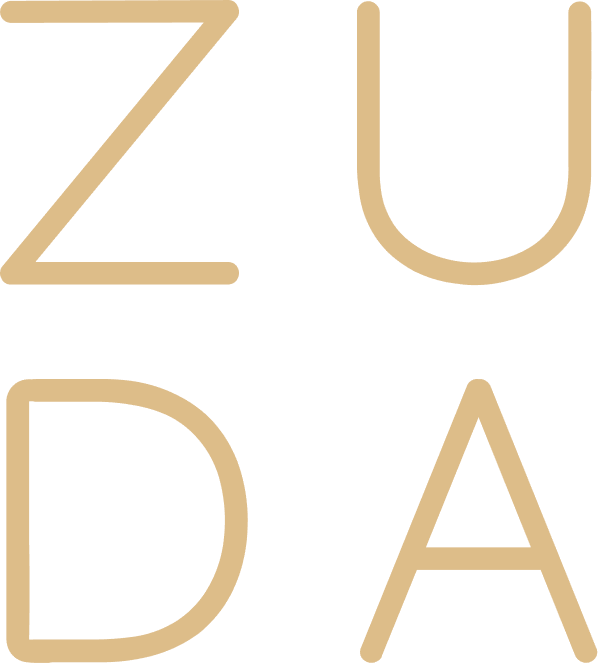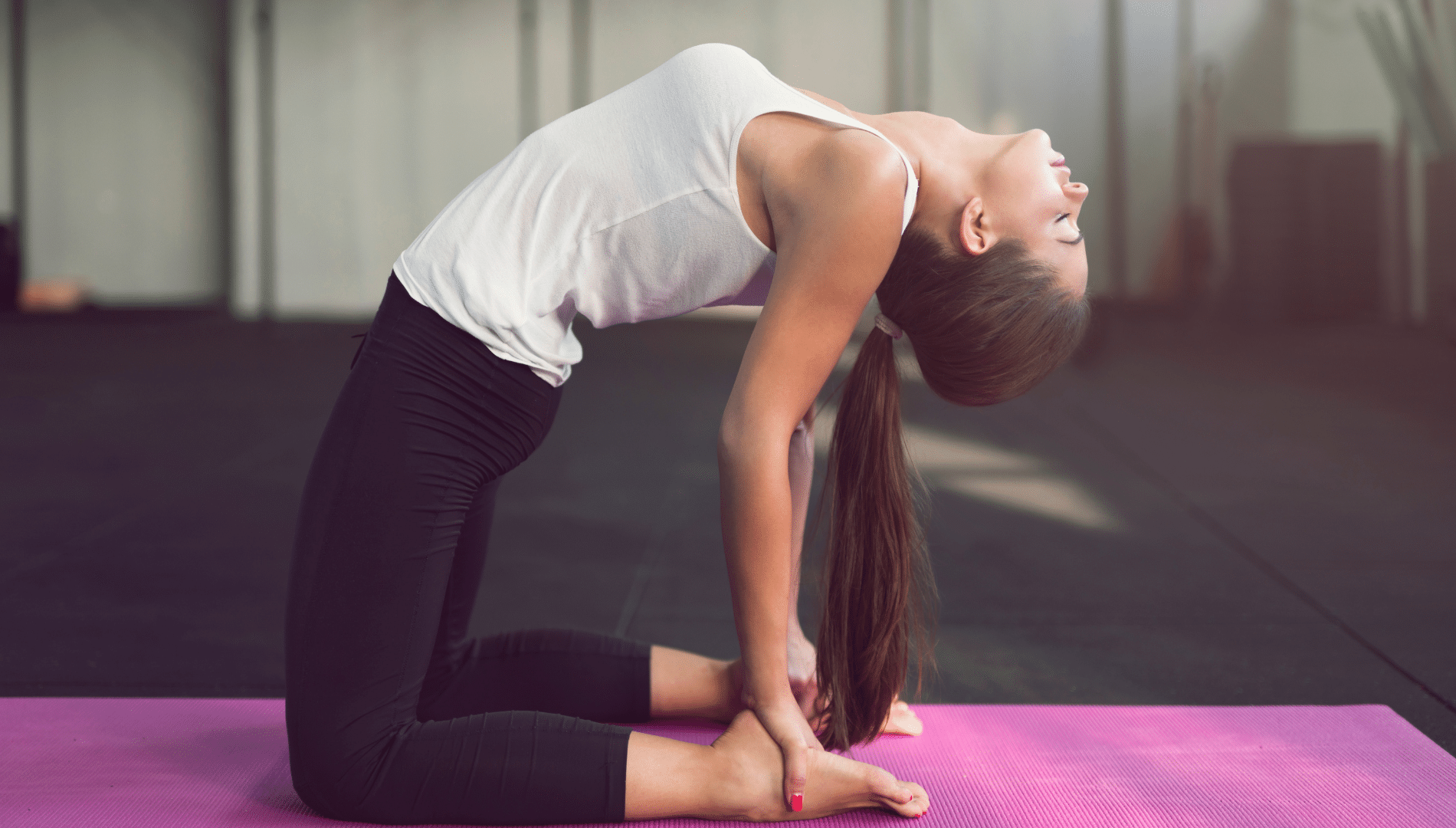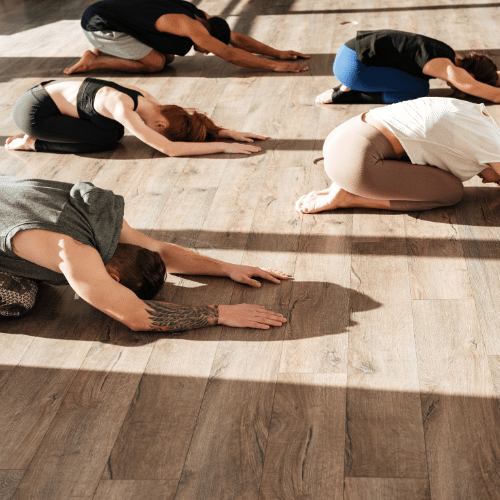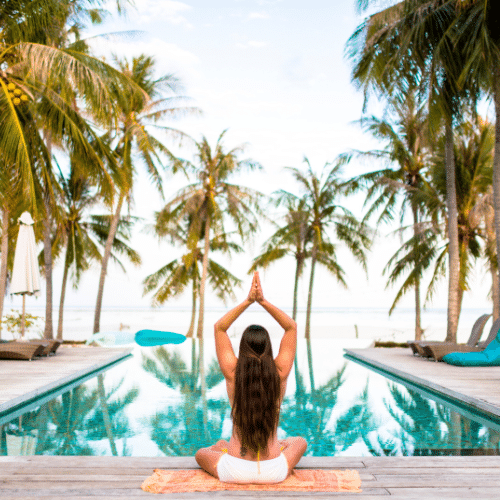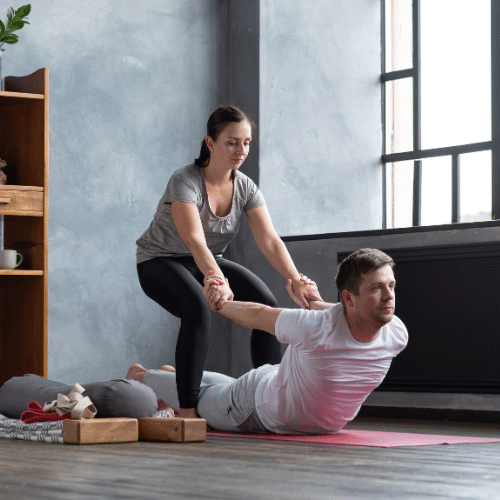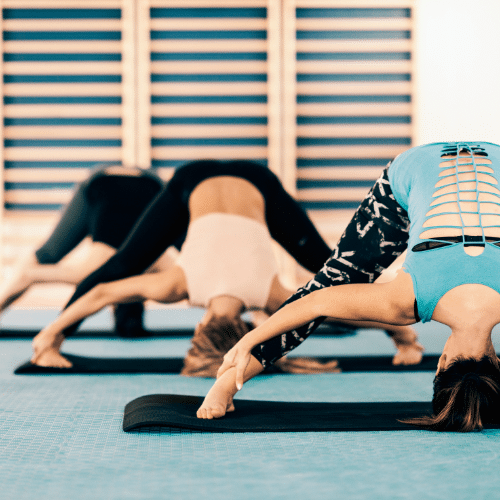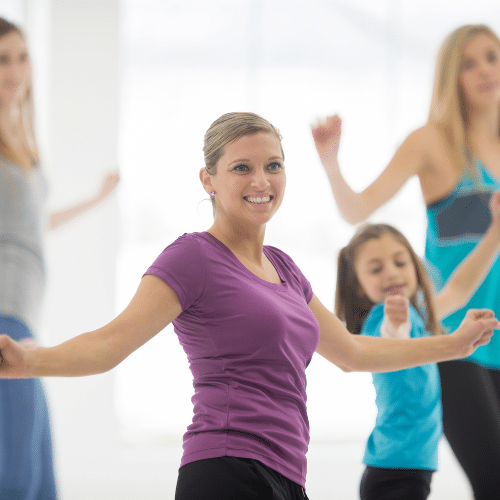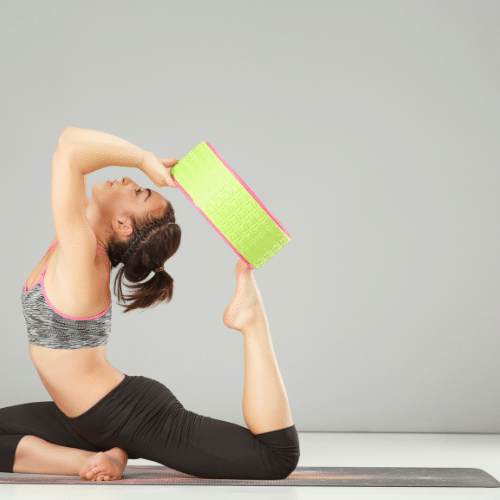Folds in yoga involve a series of postures that are said to be calming and soothing. These postures are helpful when it comes to stretching tight muscles, particularly the back, releasing any tension.
Moreover, folds are either forward or backbend –– the former involves bringing the front of the upper torso closer as close to the lower portion of the body, while the latter means arching one’s upper body forward. One famous fold that every yogi should master, or at least incorporate into their routine, is the camel pose.
Read on to learn more about the camel pose, its benefits, how to perform it, some variations you can do, and the preparatory poses so you can ease into the pose comfortably.
What Is the Camel Pose?
Ustrasana, which came from the Sanskrit word ustra and asana (camel and pose, respectively), is a type of yoga pose that requires flexibility and stability. The name is simply inspired by how the body resembles a camel’s hump once it’s performed.
More often than not, the camel pose is practiced when one is about to end their yoga sessions. This is because the camel pose demands yogis to warm up their spines and bodies first, which can be achieved through other yoga poses.
Benefits of Ustrasana
Like all yoga poses, camel pose yoga also provides plenty of benefits to yogis. Here’s a collection of physical and mental benefits that a yogi can acquire when they practice Ustrasana.
Physical
As a posture that demands folding one’s body, it’s a given that the camel pose will increase the spine’s flexibility. Additionally, as a fold, the camel pose stimulates the nervous system, improves circulation, and opens the shoulders and chests. It’s also believed that it may decrease the fat on the thighs, revitalize energy levels, and decrease blood pressure.
Since the camel pose improves one’s circulation, it implies that it’ll improve one’s digestion, detoxifying the body. As one’s blood flow increases, it’ll supply one’s face with sufficient blood to create a beautiful complexion.
cMental
The most notable mental benefit that Ustrasana brings is stress and anxiety relief. One’s state of mind often follows their body’s. So, by relieving any tension on one’s back, shoulders, and neck, then there’s a high chance that you’ll no longer be bothered by pain in those areas. As a result, one’s mind will be more open to accepting new perspectives, increasing problem-solving skills, and creativity.
How To Get Into Camel Pose
If you wish to perform camel pose yoga, it’s always best to have a professional assist you, especially since this pose isn’t beginner-friendly. However, if you’re already comfortable with your skills, then here’s a step-by-step guide to getting into this pose.
Step 1
Kneel at the front of the mat. Make sure your knees are hip-width apart while the points of your feet are both on the mat. Sit up tall, and tuck your tailbone slightly towards the mat.
Step 2
Place your fingertips at your spine’s base. Use your palms to cover the spine’s base to support your lower back.
Step 3
Look up and back, gradually leaning backward. Inhale, lift your gaze, bend backward or look as high as is comfortable for your neck.
Step 4
If possible, reach your heels. Exhale and thrush your glutes forward. Use the front of your thighs as you begin reaching for a heel. Keep looking up and back.
Step 5
Slowly lift, then pull up –– use your heels. Continue shifting your body’s weight forward. Doing so should engage your quadriceps as well as bend your back.
Step 6
Don’t forget to breathe; inhale and exhale through your nose as you maintain the pose.
Step 7
To exit the pose, bring your hands together back to your spine’s base so your lower back will be supported as you gently rise from the position. As a form of cooldown from the camel pose, you can rest in a child’s pose for a couple of breaths and allow the sensations and feelings to settle.
Variations of Camel Pose Yoga
The complexity of the camel pose shouldn’t hinder yogis from harnessing the benefits of Ustrasana. If you find the steps above too difficult, you can always try some variations to make camel pose yoga achievable and easier for you.
Here are some variations you can try.
Wall Camel
This camel pose variation starts by moving yourself close to a wall. Then, follow the first three steps mentioned above. Don’t forget to place your hands on your lower ribs/back –– your fingerprints should be facing toward the wall. As you’re tucking your tailbone and pressing your hips closer to the wall, gradually open your chest and upper back. Maintain the position based on your comfort levels.
Feet on a Bolster
This camel pose yoga variation will allow you to reach your feet without totally arching your lower back. Start in a kneeling position, and your toes should be pressed into a bolster. Move the backs of your thighs forward to the point that they’re now perpendicular to the floor. Lift your side ribs and chest as you inhale. On an exhalation, reach for your feet. If it’s uncomfortable for you, take your head back as you exhale.
Preparatory Pose for Camel Pose
As mentioned earlier, Ustrasana is often done at the end of every yoga session to warm up the spine. That’s why yogis usually perform the locust pose, low lunge, bridge pose, upward-facing dog pose, and cobra pose before performing camel pose yoga.
In addition to preparing one’s body for the camel pose, these preparatory poses also bring their sitting. Thus, yoga, indeed, brings holistic and a variety of benefits to those who regularly practice the art.
Final Words
Despite being a challenging pose to perform, Ustrasana, as well as its variations, provides plenty of benefits to a yogi. That’s why it’s always advisable to incorporate this pose into one’s yoga session.
When doing the camel pose, make sure to have a professional keep an eye on you. This way, you can rest assured that you’re not skipping any important steps, allowing you to perform the pose properly.
